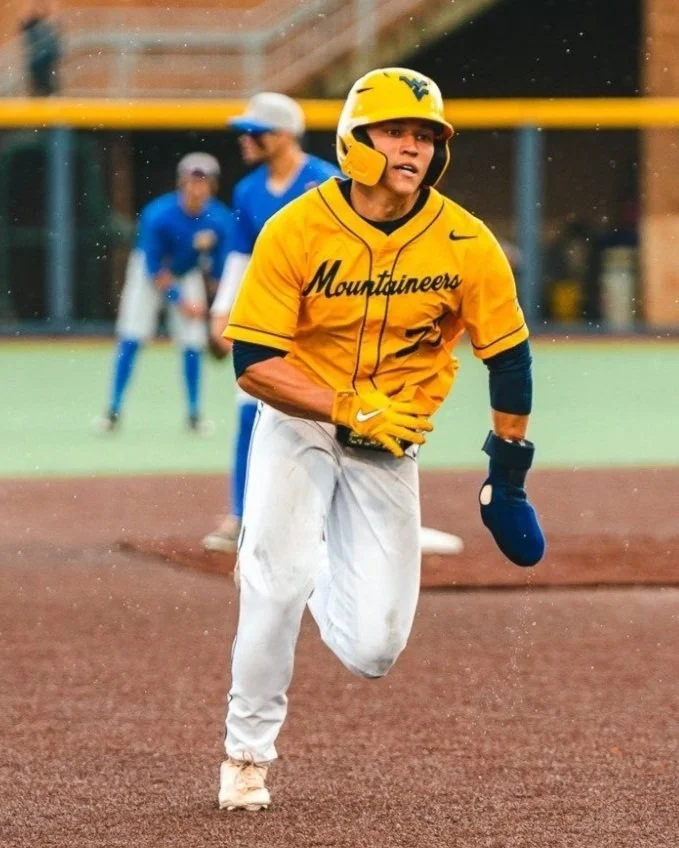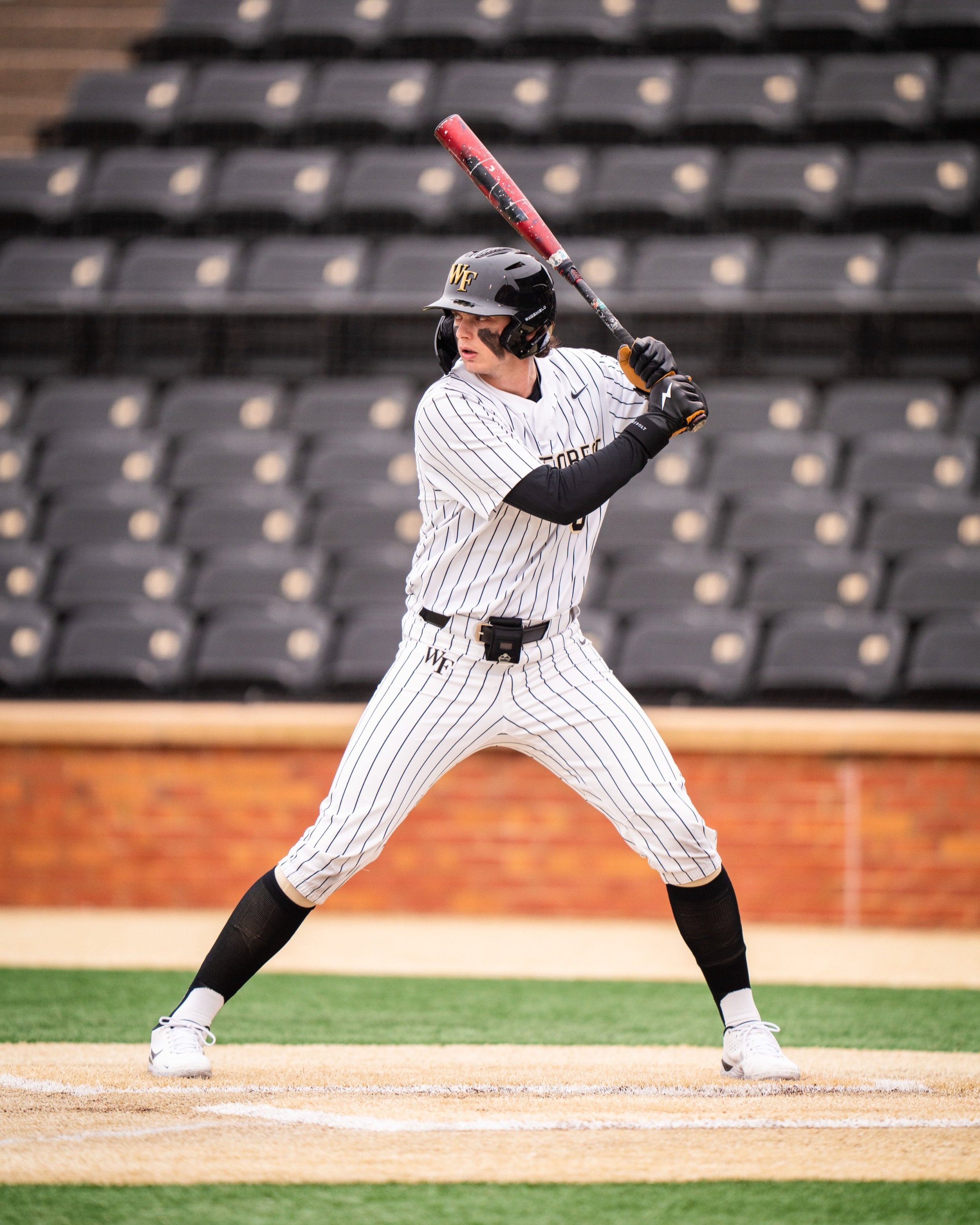Who's Hot and Who's Not? Digging Into Initial Data for 2024 First Round Hitters, Part 3
With the MiLB season in the books, we’re concluding our look at initial data from 2024 first rounds bats. While prospects are at the end of what is likely their most grueling season of baseball to date, their first handful of games give us an idea of what kind of hitters these prospects may be as professionals.
All of these reports and write ups continue to draw on relatively small sample sizes, many of them for prospects playing by far their most grueling year of baseball to date, so temper any significant conclusions drawn.
Kaelen Culpepper, 21st Overall, Twins, A+
Slash Line: .242/.330/.394 (.724)
13.4 K%, 9.8 BB%
82.1% Contact%
0% InZoneWhiff% (A only)
33% Chase% (A only)
102.6 mph 90thExitVel (A only)
34.3% Hit95+% (A only)
.312 xWOBA
While Culpepper’s end-of-season slash line is middling, he got off to a scorching start to his professional career. After making swing changes that led to a big college postseason (punctuated by hitting for the cycle and nuking a three-run home run off Hagen Smith), Culpepper made short work of Low A Fort Myers. Culpepper hit the ball hard with consistency and moved up quickly to Cedar Rapids after not swinging and missing in the zone once in the FSL. He wore down significantly at the end of the season, despite his defense at shortstop receiving glowing reviews from Twins personnel. Despite a high chase rate, encouragement can be found in Culpepper’s bat-to-ball skills during a strong pro debut. He’ll start at A+ 2025.
Vance Honeycutt, 23rd Overall, Orioles, A+
Slash Line: .176/.250/.196 (.446)
42.9 K%, 7.1 BB%
57.3% Contact%
.211 xWOBA
Honeycutt was the catalyst behind some incredible adrenaline producing moments in the 2024 college baseball postseason. Entering the draft, his hit tool was the biggest question weighing down his offensive profile. He’s done little to diminish them in a brief debut at A and A+, striking out 42.9% of the time and sporting a contact rate that starts with a five. Honeycutt’s incredible defense and athleticism will buoy his value, but he’ll need to make strides offensively in 2025.
Dante Nori, 27th Overall, Phillies, A
Slash Line: .240/.424/.280 (.704)
21.2 K%, 22 BB%
73.6% Contact%
22.5% Chase%
94.5 mph 90thExitVel
5.6% Hit95+%
.324 xWOBA
Nori, the son of the Minnesota Timberwolves Assistant Coach Micah Nori, was one of the few prep bats to get meaningful playing time after the 2024 draft, starting his pro career in A ball. Nori’s robust approach jumps out from his debut, racking up an impressive .424 OBP in no small part due to a fantastic 22% walk rate. There are also solid bat-to-ball skills, and Nori doesn’t chase too much, either. If you want to raise an orange flag, it’s how little he impacted the ball. Just 5.6% of Nori’s batted ball events were hit 95 mph or greater (the average for the level is 34.3%). Still, there’s a solid platform to build for 2025 and beyond.
Walker Janek, 28th Overall, Astros, A+
Slash Line: .175/.214/.289 (.502)
29.1 K%, 3.1 BB%
66.7% Contact%
.218 xWOBA
Janek steadily rose throughout the pre-draft process and was dubbed the best defensive catcher in the class, with solid hit and power tools to boot. The Astros threw him straight into A+, and it’s been a slow start in a 25 game debut. What has been notable is how much Janek has struggled against right-handed pitching. He’s sported just a .440 OPS against righties versus a healthy .896 versus lefties, something to keep an eye on in 2025.
Malcolm Moore, 30th Overall, Rangers, A
Slash Line: .209/.298/.374 (.672)
27.9 K%, 7.7 BB%
70.3% Contact%
.296 xWOBA
There’s not much to note about Moore’s pro debut. It’s all just sort of fine. Nothing spectacular, nothing too alarming either. Much was made of Moore’s poor batted-ball luck in his final season at Stanford before turning pro. We’ll need a more significant sample of playing time to mine some of the trends for Moore as a prospect.















